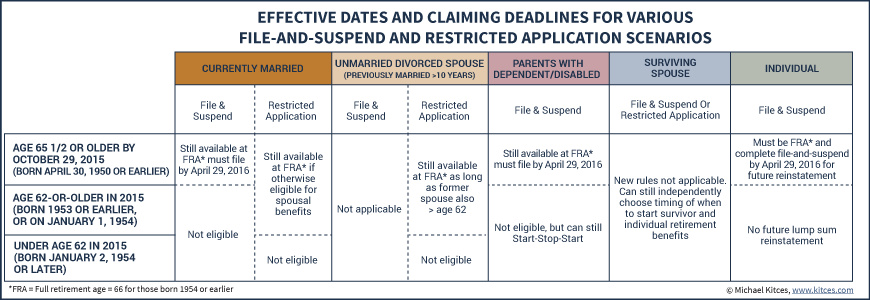Many investors pay high fees for actively managed funds. Traditionally with these funds, an investor pays the “manager” of the fund to select investments that they believe will outperform the market. This, in turn, should give the investor a higher return than the market produces.
Although many expect a higher rate of return, evidence shows that actively managed funds do not outperform their benchmark often, and when they do, they usually cannot generate these higher returns consistently. This evidence, along with the desire to keep the costs to our clients low, is why Rockbridge does not utilize actively managed funds. Instead, Rockbridge uses index funds that are constructed of the components of a market index. This allows us to track the market and mimic market returns. Since index funds skip the step of hand picking securities (by purchasing the entire market index), they are much less expensive than actively managed funds.
However, according to a recent Wall Street Journal article, several active managers are including exchange-traded funds, or ETFs, in their mutual funds. ETFs are a type of security that tracks an index as index funds do. The main difference is that ETFs trade like common stocks on an exchange. Their prices fluctuate throughout the day as shares are bought and sold, unlike a mutual fund that is traded at one price at the end of the day. Since ETFs track an index and don’t require a manager, this also makes them a less expensive option.
If ETFs essentially select the funds for the fund manager, doesn’t that defeat the purpose of an actively managed fund? Investors may feel that they aren’t getting their money’s worth if they’re paying for active management. The fund manager is simply selecting another set of securities (the ETFs) to put into their mutual fund instead of conducting research and picking individual stocks.
These active fund managers have given several reasons for altering their philosophy on picking individual stocks. One is that stock selection is too risky. They would rather control risk and generate consistent performance which the ETFs can help do. They argue that including ETFs also makes the fund easier to understand, and makes changing the underlying assets more efficient. These justifications probably sound familiar since these are all reasons Rockbridge gives to support the evidence-based approach to investing used in our client portfolios.
As an investor, it is important to be on your guard and understand the fees you are paying. Even active managers now are moving towards more of an evidence-based approach to investing – something Rockbridge has done for well over a decade.



